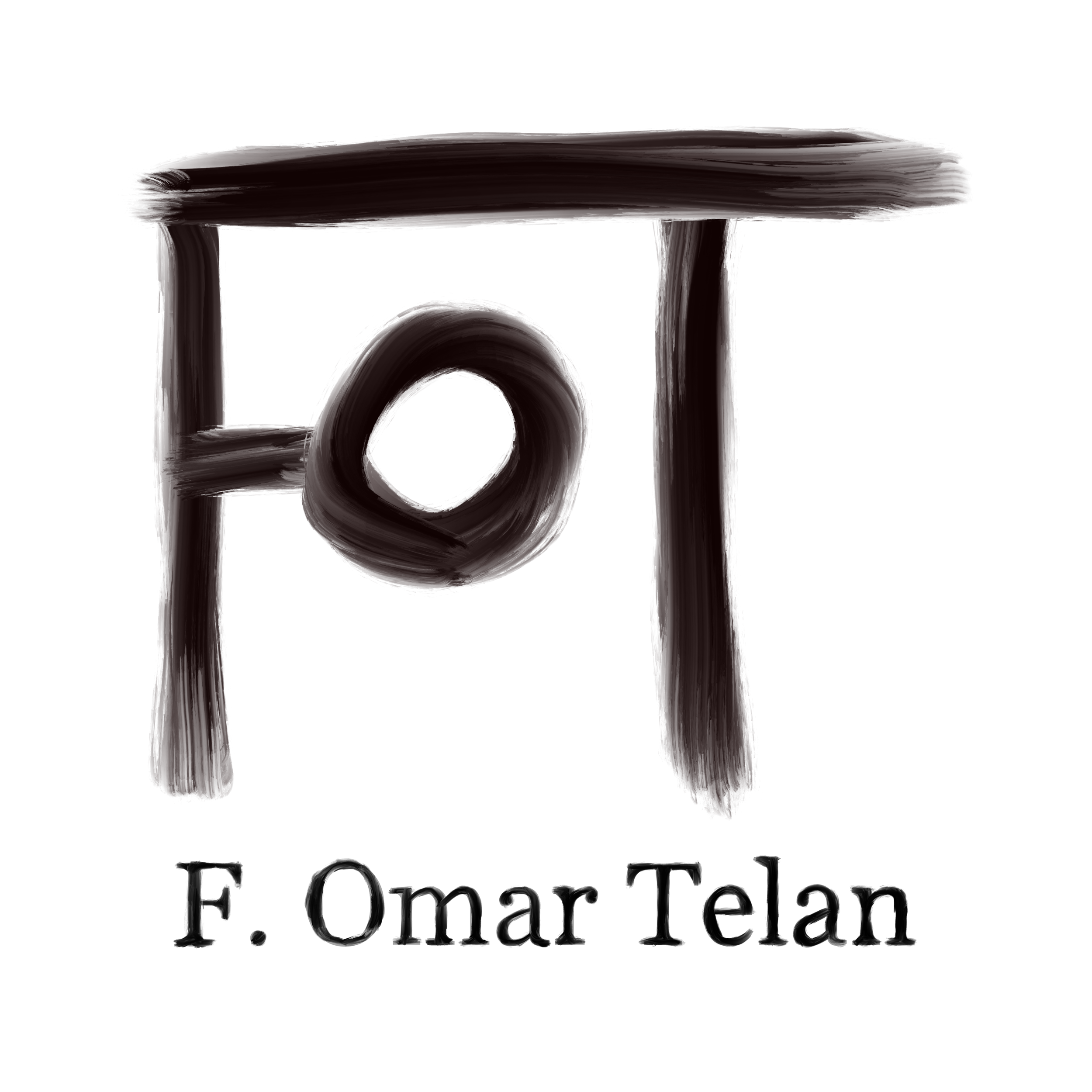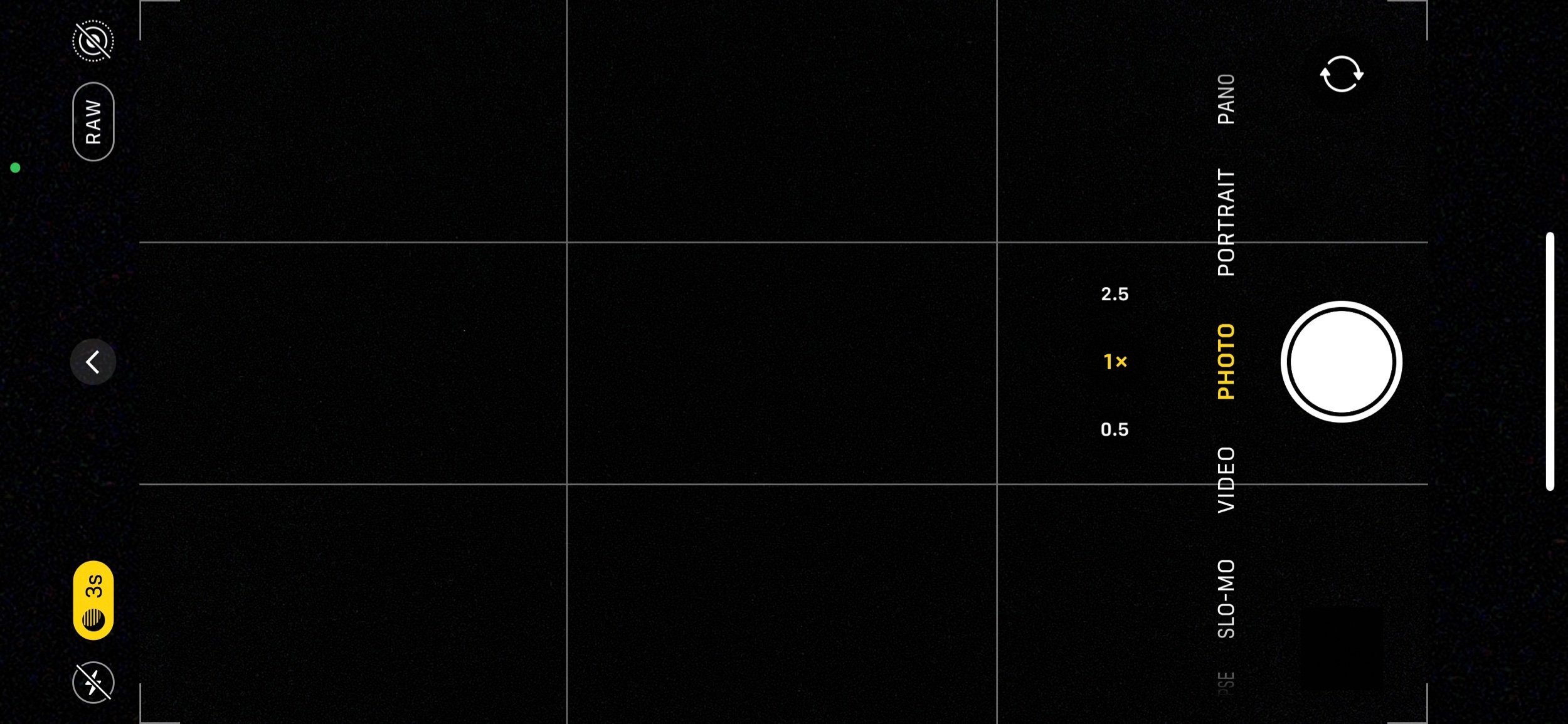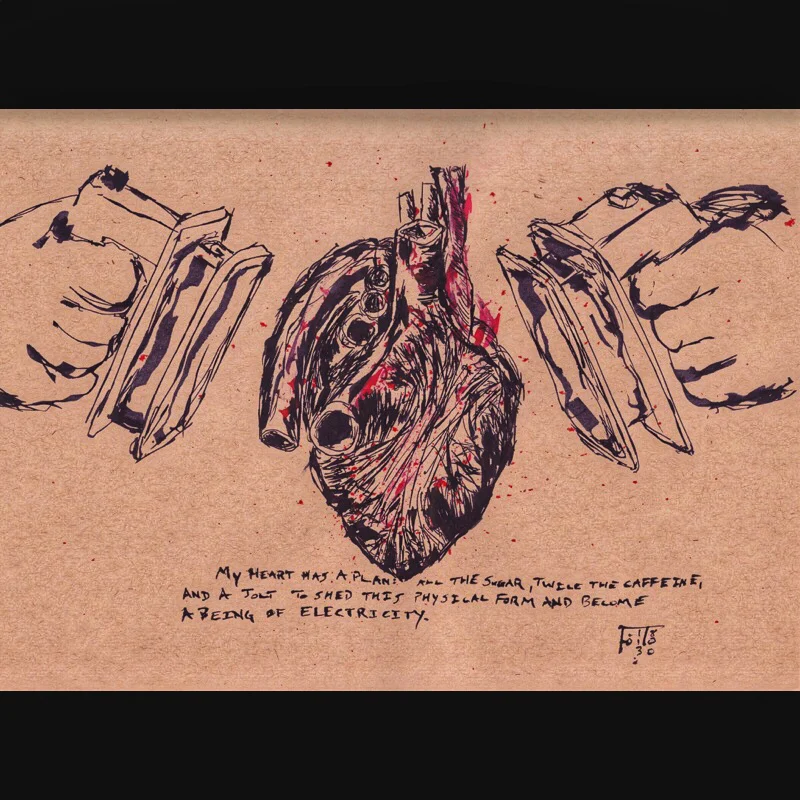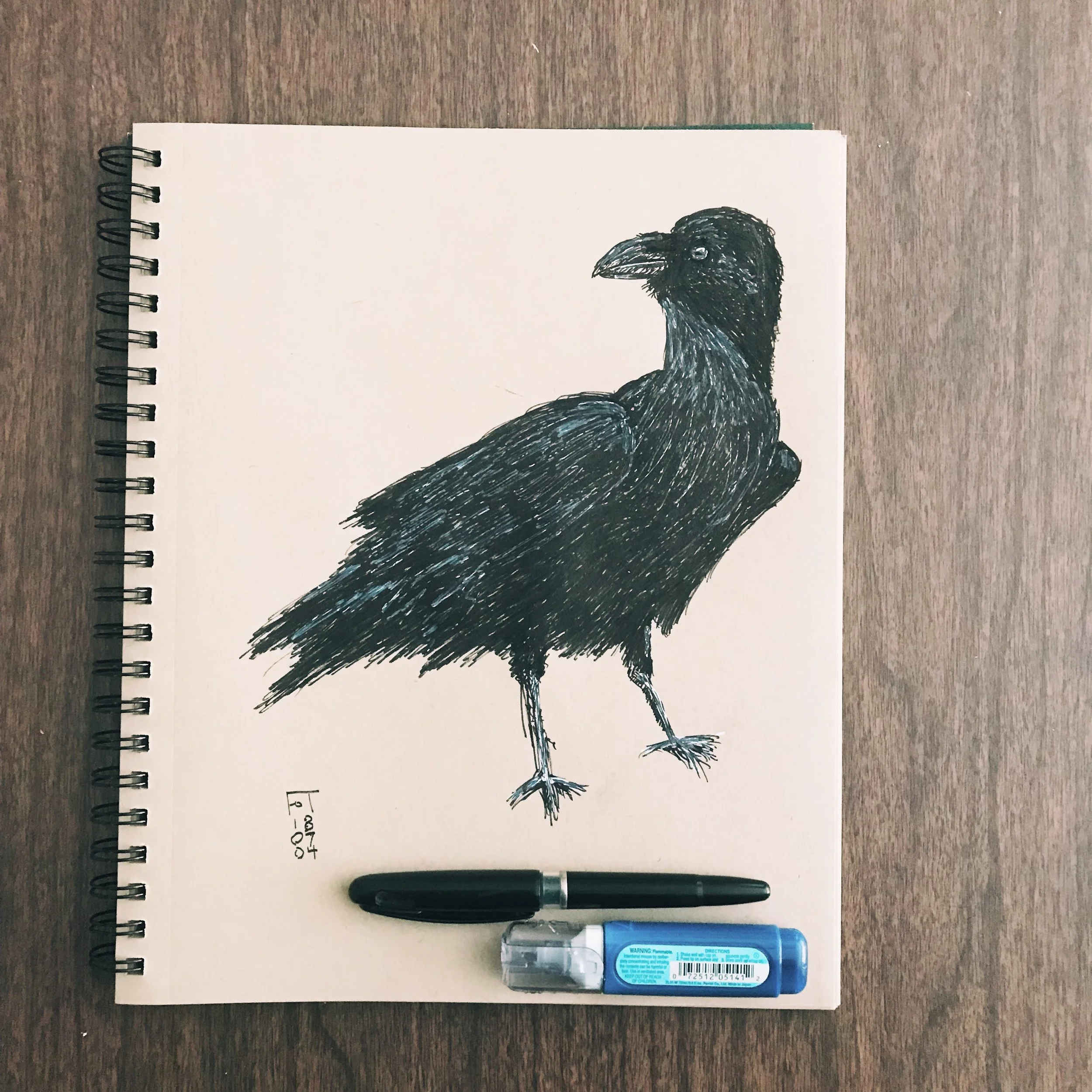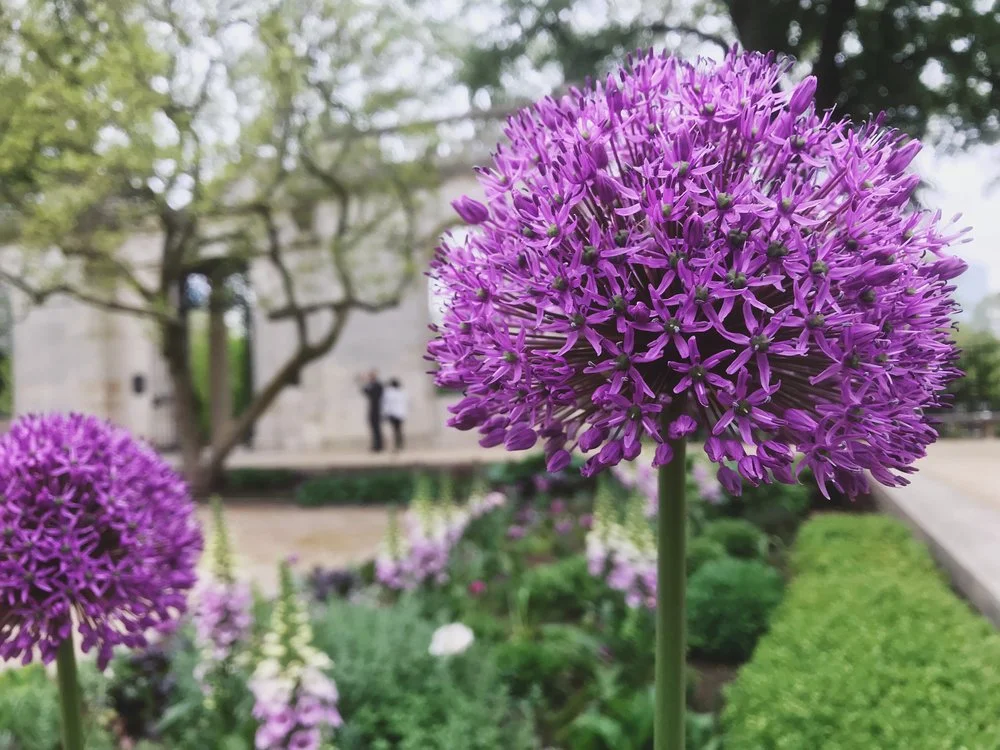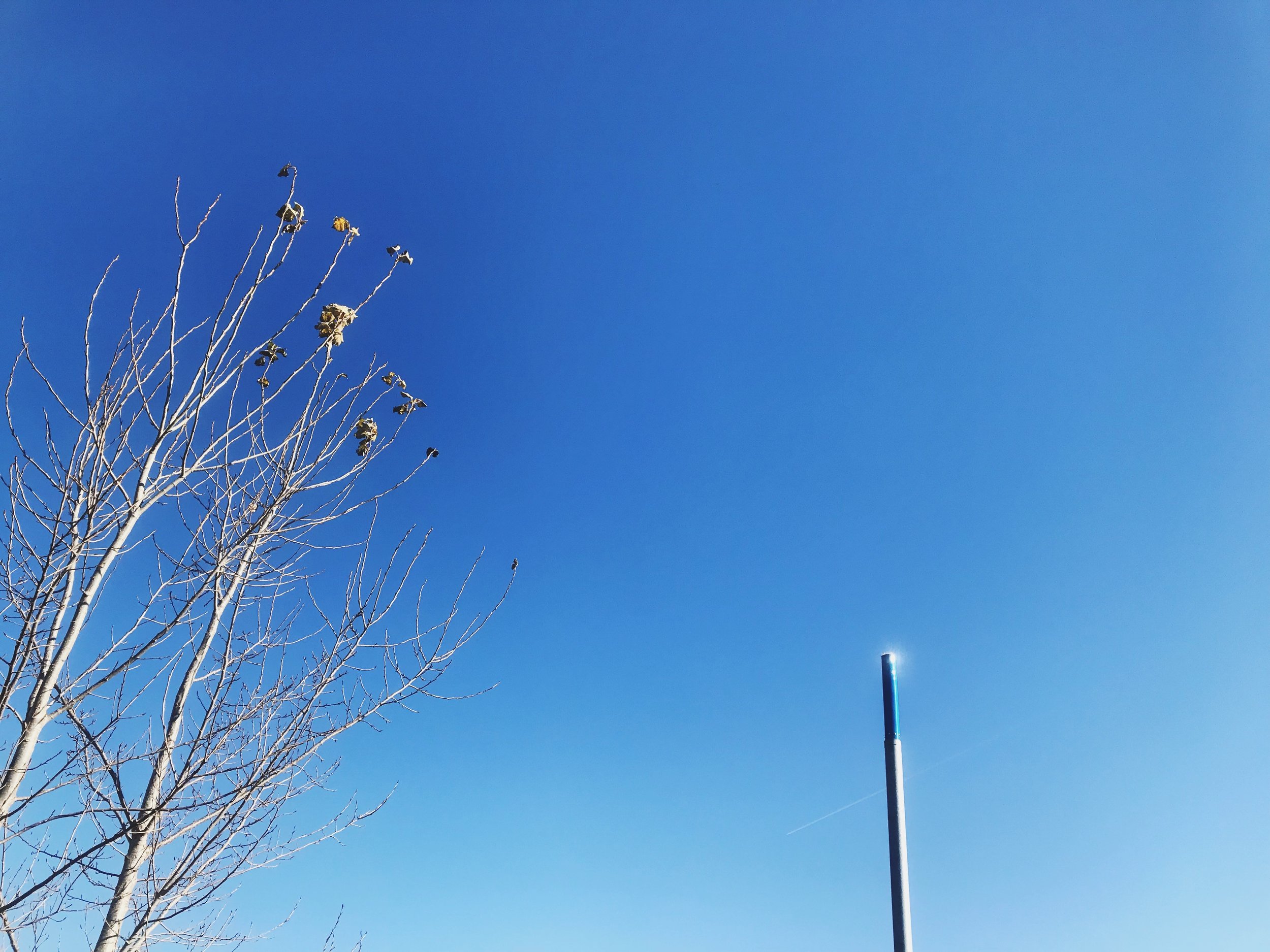This guide will eventually be reworded and serialized to be more easily digestible. Right now, it’s mostly a brain dump…
Read MoreThere are some awesome people who supported me throughout the month. Some in person, some on social media. Some I’ve known for years, some I’ve never met IRL. My thanks are to all of them…
Read MoreI asked a friend for a prompt. She said, “Dance.”
Read MoreI had been reading a book featuring birds, or was it that I had a dream with birds? I can’t remember now. I grabbed a pen, correction flud, and a pad of paper.
Read MoreWandering around Philadelphia’s Art Museum Area, I stumbled across some beautiful landscaping.
Read MoreIn which I post all my Inktober 2017 drawings.
Read MoreA while back, I got into an interesting twitter conversation with David F. Walker about how companies measure the success of a comic book by the pre-orders of the monthly book. I’ll talk about collected editions in a bit.
Read MoreThe first time I encountered this text was in a Literature and Writing class at Emerson College lead by Peter Jay Shippy.
For the next 19 years, I'd search off and on for an affordable copy. Finally, I found a damaged copy that was not repaired by a skilled bookbinder.
Now, my plan is to document it for those persons still looking for a copy of their own. Below is its table of contents. I'm linking to online copies of the poems. If the poem is in translation, I try to find the original translation, but it's simply not possible all the time. In those cases, I'll link to any translation I can find. At some point, I may start writing out my thoughts about each of the poems, but that's far away right now.
Read MoreTraditional US understanding of the Tanka form is as follows.
- a 5-line syllabic poem
- syllable pattern: 5-7-5-7-7
Often, I'll see the subject matter dealing with nature. There's also can be a bit of a volta between the 3rd and 4th lines.
As with the Haiku, the syllable count and line breaks are a bit of a mistranslation.
The line breaks in traditional Haiku and Tanka are arbitrary. A web search for either form will result in a number of different configurations. It's possible to even find them written as a single line: a Haiku of 12 characters and a Tanka of 26 characters.
Written Japanese uses a logographic writing system versus alphabetical. A single Kanji character can encompass a whole concept where a single syllable could only be part of a concept. Here's an example:
交 can mean mix, intersect, exchange/communicate, or deliver. That one symbol can have a syllabic equivalent of up to 4 syllables.
For my purposes, I forgo the line breaks; but keep the syllables.
For more information about the Tanka form, start with https://en.wikipedia.org/wiki/Tanka
Read More